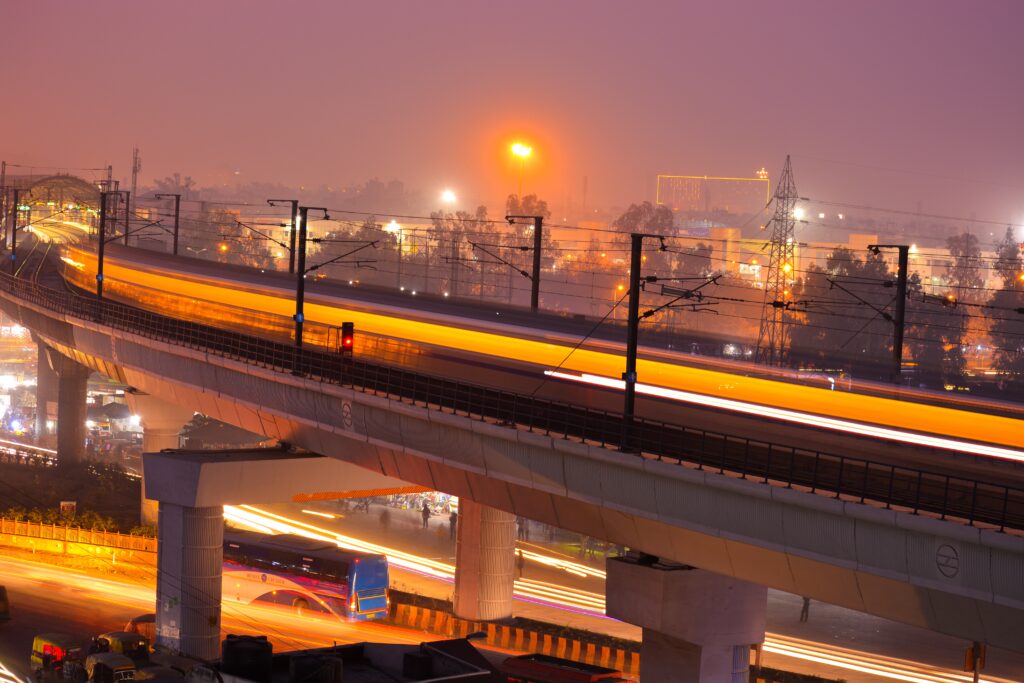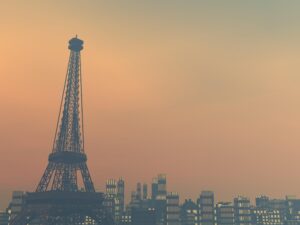Air pollution is no invisible issue in Delhi. According to the World Health Organisation, it is the worst polluted city in the world, with the highest rate of chronic respiratory diseases and asthma. Poor air quality irreversibly damages the lungs of 50% of Delhi’s children.
Each November, Delhi experiences the worst air pollution levels in the world, with car exhaust, construction dust, and industry emissions rife. However, animal agriculture is a significant contributor to this, as smog and other harmful chemicals are produced by farmers burning their crops in other states.
Delhi’s air quality has worsened to ‘severe’ as on Thursday morning residents woke up to an Air Quality Index (AQI) of 452. The Environmental Protection Agency rate AQI between 0 to 50 as ‘good’. AQI between 401 and 500 is defined as ‘severe’ as health is seriously impacted, especially for those with existing health conditions. Air pollution is the fifth largest killer in India, with 2 million deaths a year.
India Meteorological Department (IMD) scientists explained that a layer of smoke and pollution settled closer to the surface, causing greater levels of pollution.
‘Smog-like conditions have developed because of air pollution, low wind speed and subsidence of cold air over this region. Air is subsiding over the northern plains, particularly the Delhi-national capital region (NCR). As a result, the dispersal of pollutants is not possible,’ said Vijay Soni, a scientist in the air quality division, IMD.




